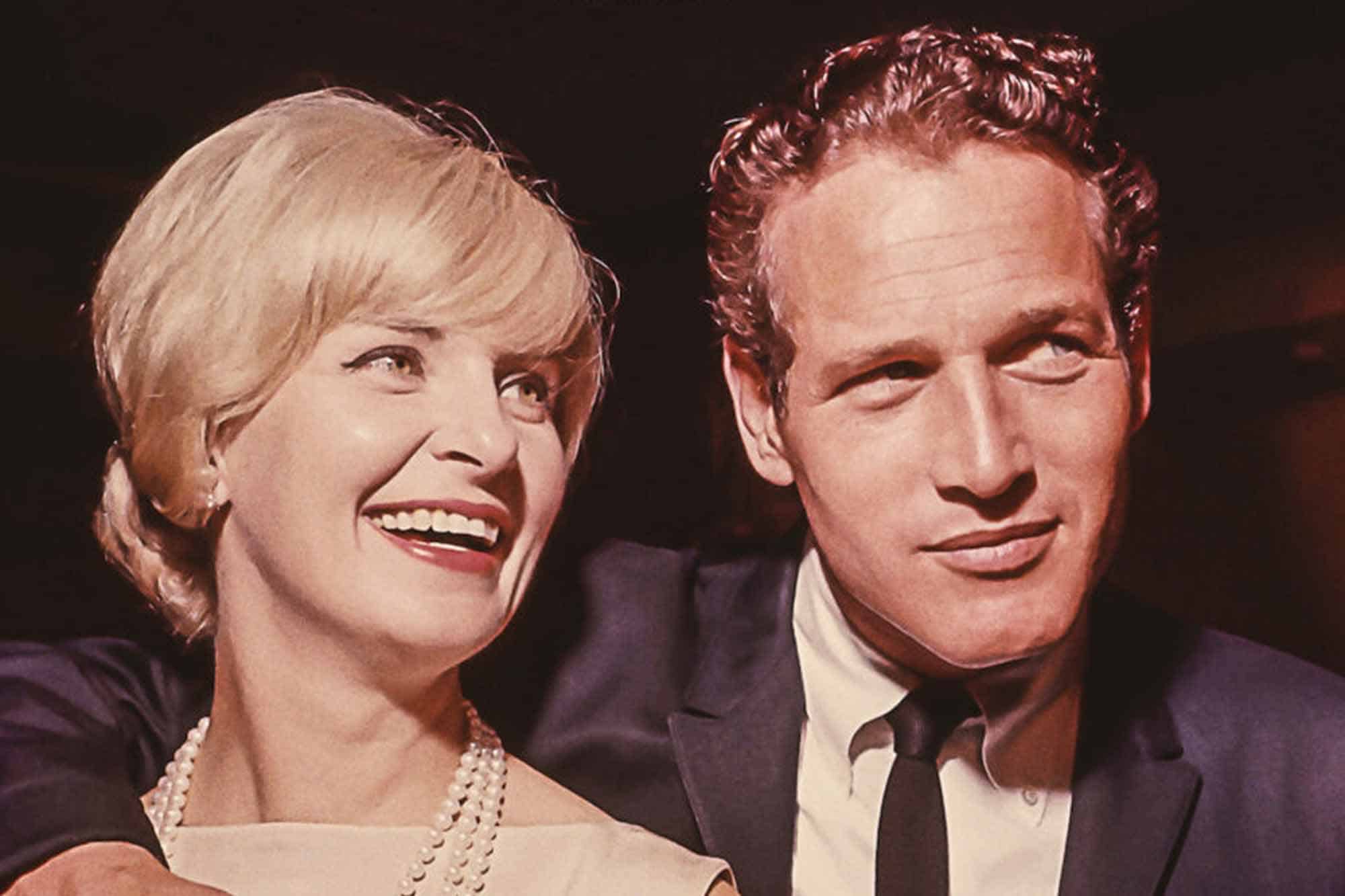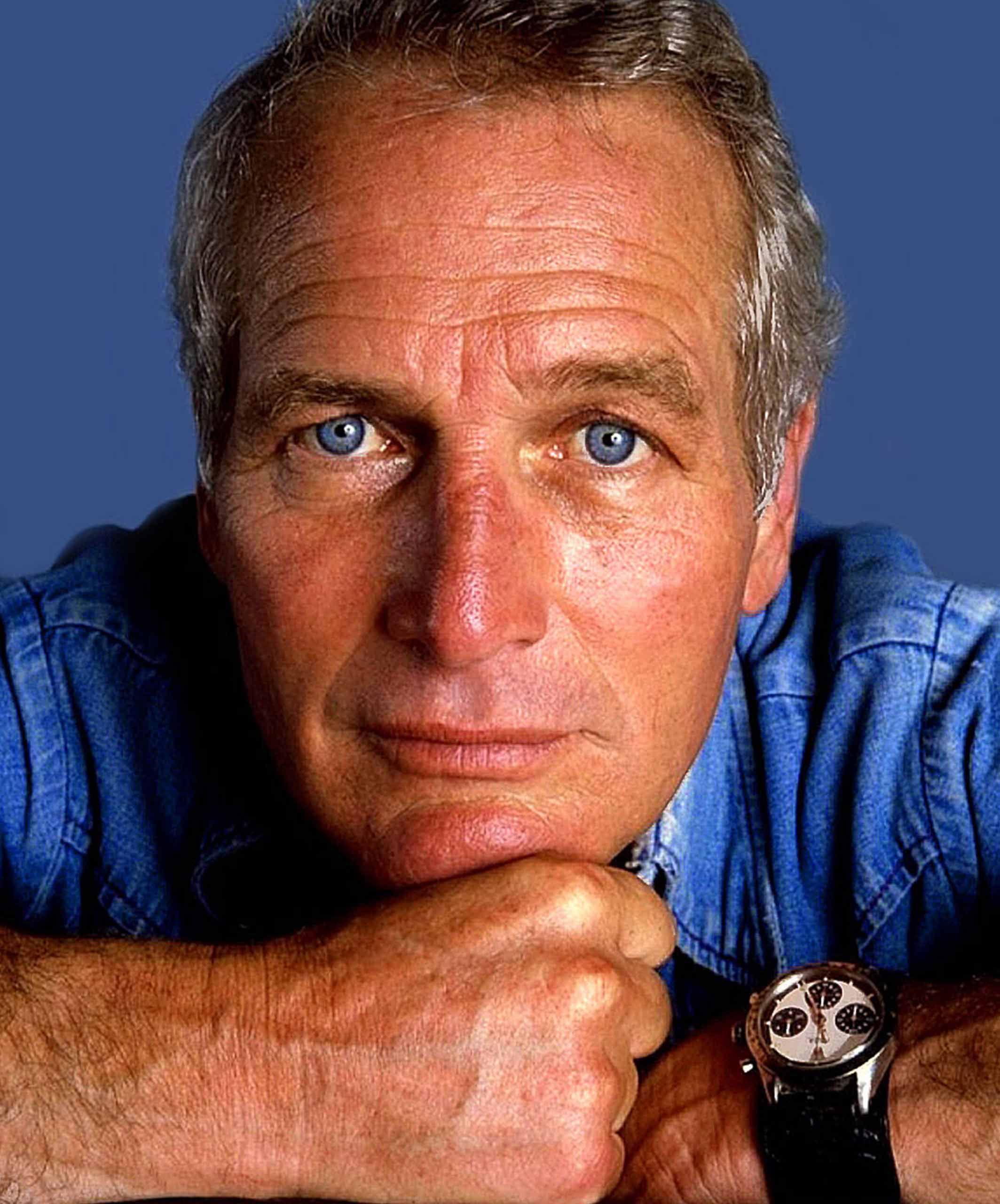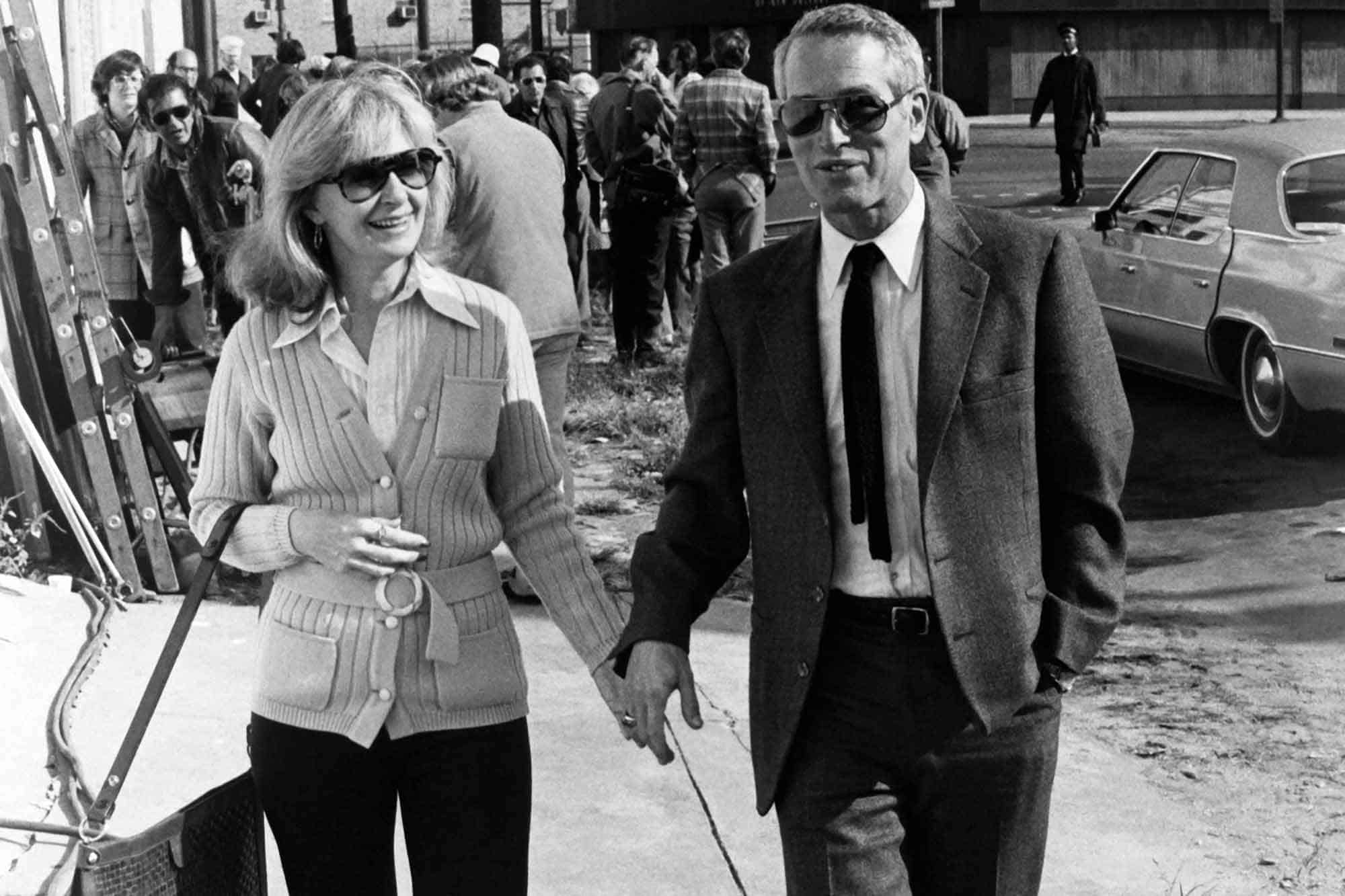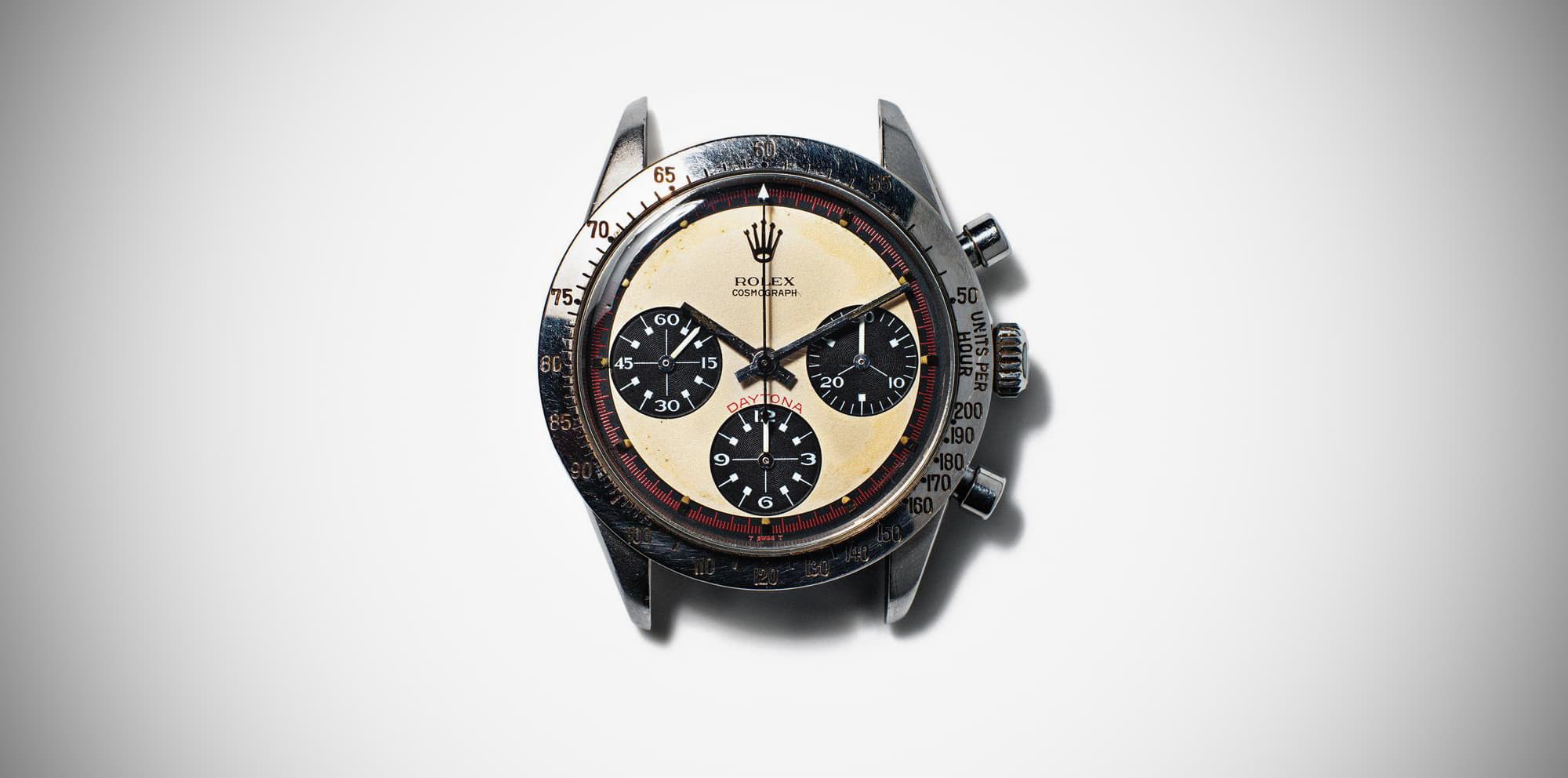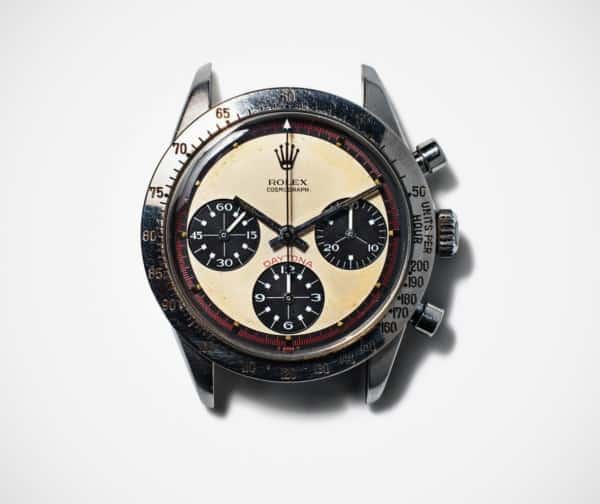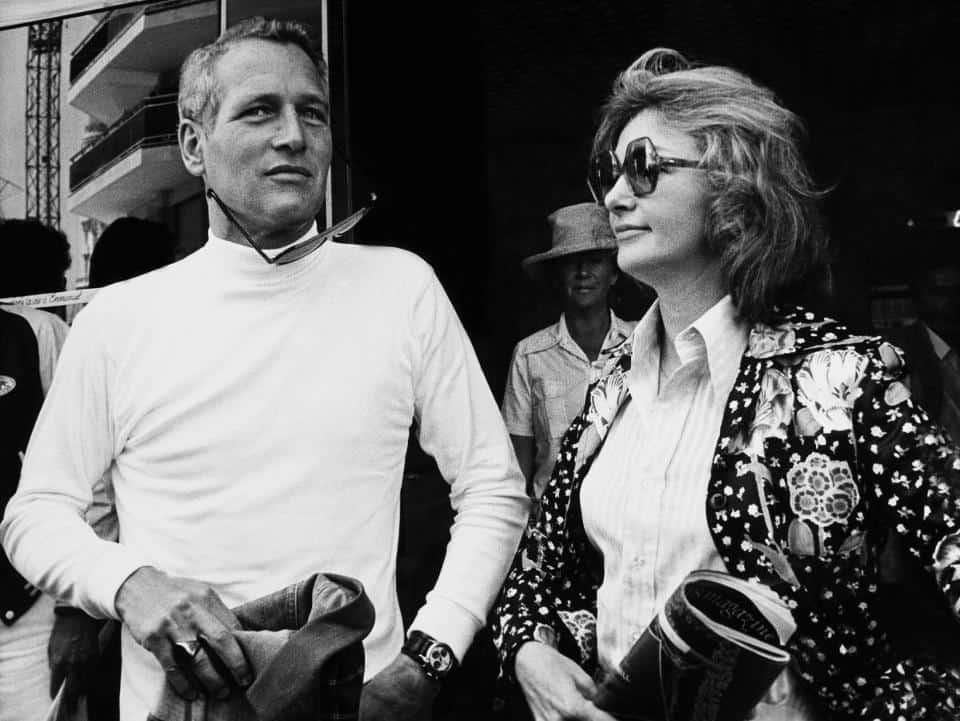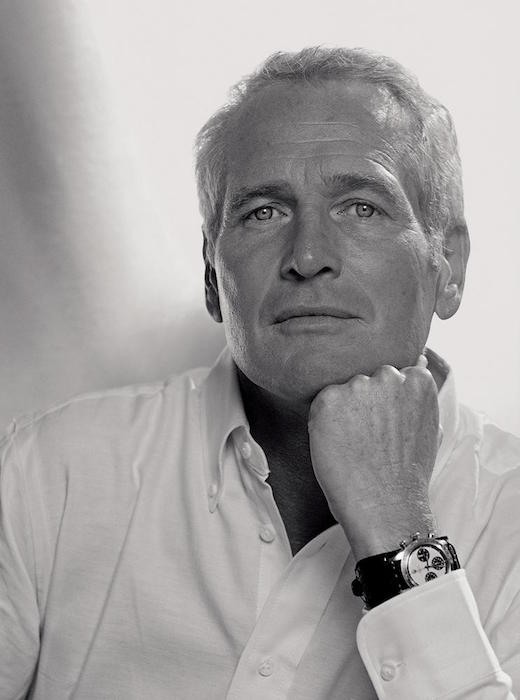It’s no exaggeration to say that Paul Newman, for decades, was one of the most famous people on the planet. He was arguably our biggest movie star during a period of time when the very idea of a modern movie star was being defined. That is to say, he wasn’t just a big name that could open a movie, but he was an indispensable part of our culture. People wanted to see him, hear what he thought about the issues of the day, and his life was lived openly in front of the public in a way that is common among celebrities now, but was not quite the norm in the 1960s. His multi-generational appeal is a result not just of the many great films he was involved in, but his multifaceted life outside of movies. His racing career, his charity work, all of that salad dressing. And, yes, his watch.
Zach Goes to the Movies: The Last Movie Stars Reveals a Whole Lot About Paul Newman while Nearly Ignoring the Most Famous Watch of All Time
It’s not until the final installment of the six part documentary series The Last Movie Stars that the famous Paul Newman Daytona is mentioned. As I made my way through the documentary covering the lives and marriage of Paul Newman and Joanne Woodward, I wondered if the watch would get a mention at all. To be perfectly honest, part of me hoped it wouldn’t. The Last Movie Stars is so effective in wringing drama and interest from the life Newman led, it seemed to me like it might be counterproductive to include a segment about the watch, which in the grand scheme of all things Newman, remains not much more than a footnote.
The structure of The Last Movie Stars is worth mentioning here, because the film has a homemade, pandemic-era quality to it that makes it all feel very intimate and personal, which is what you want in a documentary about people who are well known to the public. It’s directed by Ethan Hawke, and throughout the film we see him on Zoom calls conducting interviews both with Newman associates and family members, but also his “cast.” Much of the movie is made up of dramatically read interviews that had been transcribed from audio tapes in the 80s for a planned Newman memoir that never took shape. Newman, in fact, burned the tapes for an unknown reason. This is how we get George Clooney as Paul Newman, Laura Linney as Joanne Woodward, and many other voices contributing throughout the film’s runtime.
The final episode of The Last Movie Stars opens with the auction of Paul Newman’s Paul Newman. It’s a sight that will be familiar to just about any watch lover. Aurel Bacs is seen and heard selling the watch for a record sum, and the scene is intercut with footage of the watch itself and the generally hysterical auction atmosphere that was so well documented that night. And then we see Hawke discussing the footage with his wife and producing partner Ryan Hawke. It turns out, CNN, the news network financing the film, didn’t quite get it. “It’s buzzards feasting on the dead,” Ethan says, defending its inclusion and putting the footage in a context that watch enthusiasts probably hadn’t considered before. Then he admits that of course he wants the watch too, and that the whole episode of its sale is an illustration of how much people valued and loved Paul Newman.
The most perceptive thing Hawke says, though, comes at the end of this short segment. “You can’t buy Paul Newman’s watch,” he says. “It’s his watch, what makes it beautiful is him. The watch is nothing.” He then reminds us that the watch was a gift from Joanne Woodward, who by this point in the film we’ve developed a pretty deep connection to as well. His point here is that the watch itself is fairly inconsequential. It could just as easily have been a Heuer, or a pair of racing gloves, or a really nice necktie.
As a movie fan with more than a passing interest in the subject of this documentary, I was somewhat dreading the inevitable digression into the Paul Newman Daytona. I have no idea if Ethan Hawke is a watch lover, or what his own relationship to this aspect of Newman’s story might be, but I felt like the hysteria around the watch that largely took shape after Newman’s death couldn’t possibly shed any new light on his life. Ultimately, the way Hawke handled the Daytona exceeded my expectations simply by offering the perspective of someone well outside the watch world.
As a movie fan, I’ve been thinking about Paul Newman for a long time. My dad showed me Butch Cassidy and the Sundance Kid on Laserdisc when I was young, and Newman’s films were part of my movie education from an early age. For a long time, The Hustler was a favorite of mine, and if you ask me about underrated Martin Scorsese films, The Color of Money is going to be the first movie I’ll want you to check out (Kundun, by the way, is the second).
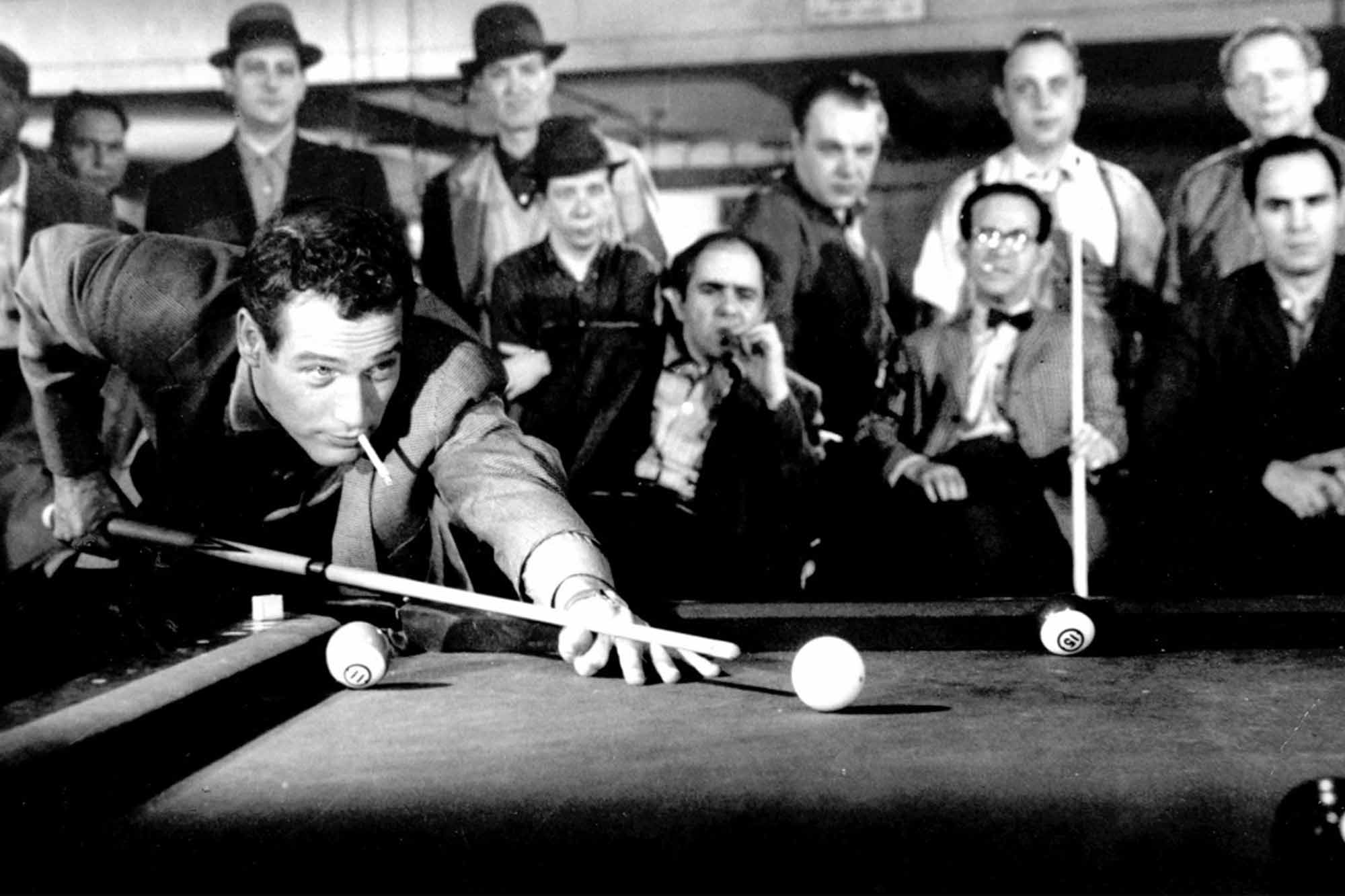
When I started to develop an interest in watches and saw Newman’s name popping up on forums, it was a total mystery, at first, as to why. Other aspects of his life, I think, had slipped into our collective understanding of who he was. Everyone knows about the “Newman’s Own” products, for example. To a younger generation (my generation) he was legitimately famous for popcorn and lemonade in a way that stands apart from his movie stardom. He was literally a fixture at the grocery store. That wasn’t the case with the “Paul Newman” Daytona, at least not 10 years ago, for the average person.
So it always felt a little strange to me that watch collectors glommed onto Newman the way they did. He was seemingly idolized by an entire community (and rapturously) for something that I imagined to him was rather inconsequential. Newman’s whole vibe, after all, was a sort of effortless style. The idea of him caring much at all about the watch he wears begins to seem anachronistic as you learn more about him and his life as you make your way through The Last Movie Stars.
For me, the revelatory aspect of The Last Movie Stars doesn’t have much to do with Newman anyway, but rather his relationship with Woodward, and her own fascinating story that, until now, hasn’t been given the same treatment as Newman’s. They were a true Hollywood power couple for years, but somehow it had never really dawned on me that Woodward was actually quite a bit more famous than Newman early in their careers. Woodward won an Academy Award for The Three Faces of Eve in 1957 (she won just a few months before marrying Newman), one of her earliest roles. Newman would only gain wide attention a year later for his work opposite Elizabeth Taylor in Cat on a Hot Tin Roof, and then had a string of hits in the 1960s that included Hud, Cool Hand Luke, and Torn Curtain. By the end of the decade he had achieved the status of a major star, and Woodward’s career had slowed somewhat. She worked continuously, but largely focused on raising a family while Newman was frequently away from the home shooting one movie or another. The way The Last Movie Stars illustrates the tension between Woodward and Newman in the first decades of their relationship is one of the documentary’s great achievements. It casts both stars in a light they haven’t commonly been seen in, and reveals a complexity that might be unexpected if you’re only vaguely familiar with either.
And it’s that complexity that made me think about Newman’s watch and the obsession with the vintage Newman Daytonas through a new lens. Simply put, the picture of Paul Newman that’s painted in The Last Movie Stars can only make a watch obsessed viewer realize the relative unimportance of such a trinket in a full and well lived life. It’s a reminder that sometimes the things we obsess over that exist outside of our daily grind might barely register in the lives of people who live with them everyday. For Newman, the Daytona was just a watch, but it’s become something much bigger to so many people because it represents a connection to a person we’re all drawn to. In the process though, as we focus on the physical object, we lose sight of the reason we’re drawn to Newman in the first place.
Anyone who owns or lusts after a Paul Newman Daytona should watch The Last Movie Stars right away. It ought to serve as a reminder that watches, as much as we love them, are just things, and even in the case of what is very possibly the most famous single watch to ever exist, they can’t define their owner.
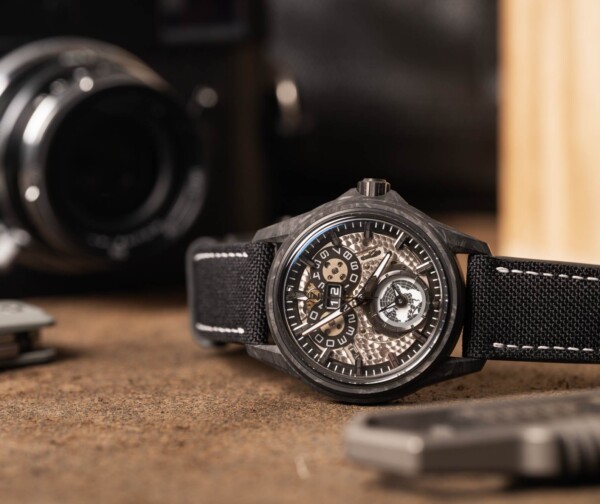



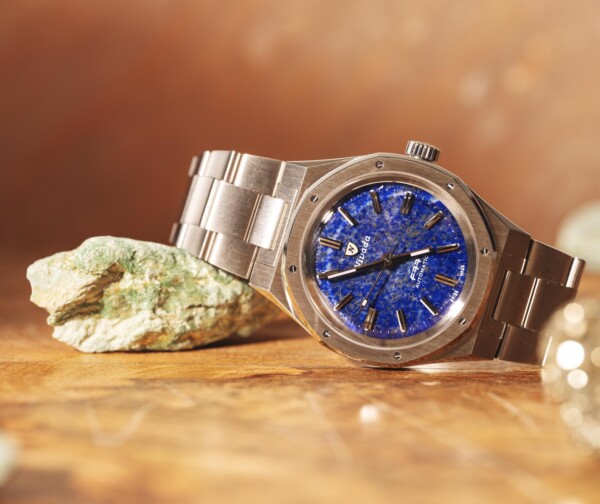




 Featured Videos
Featured Videos




